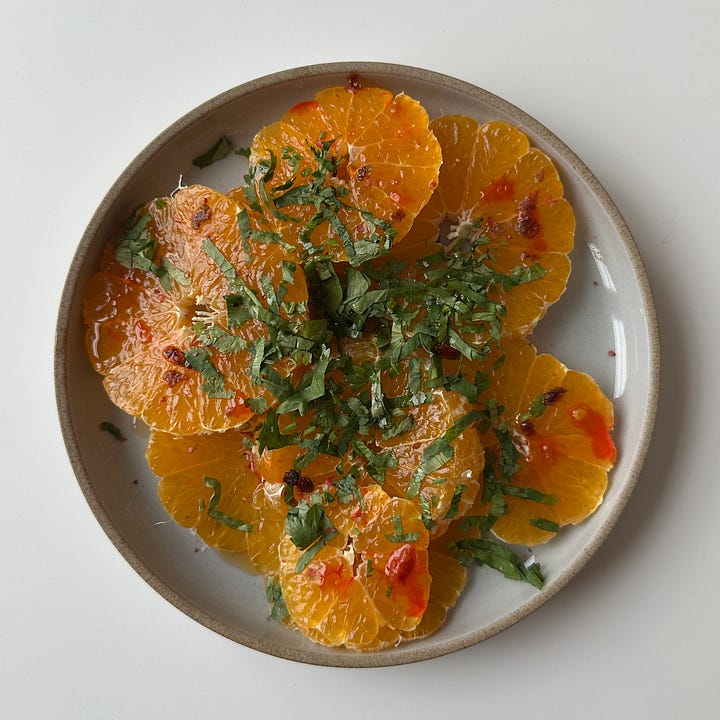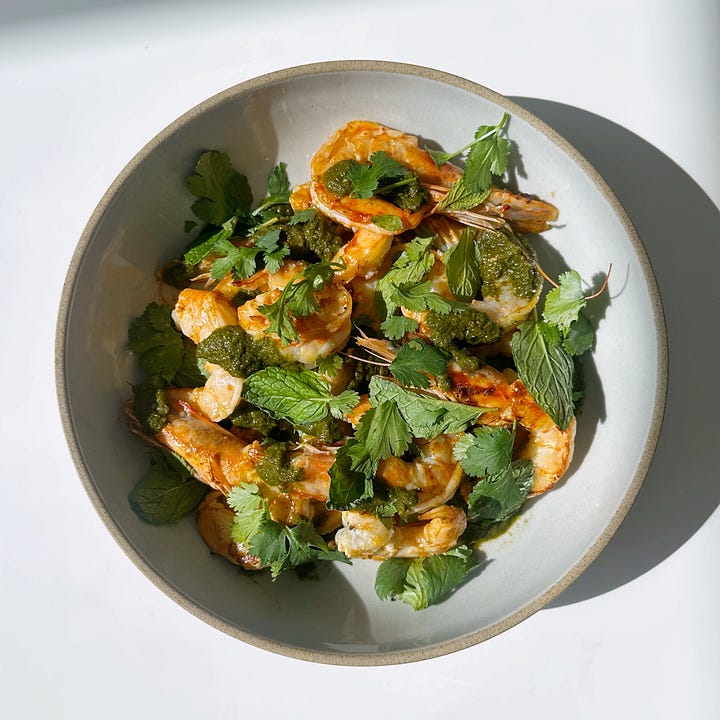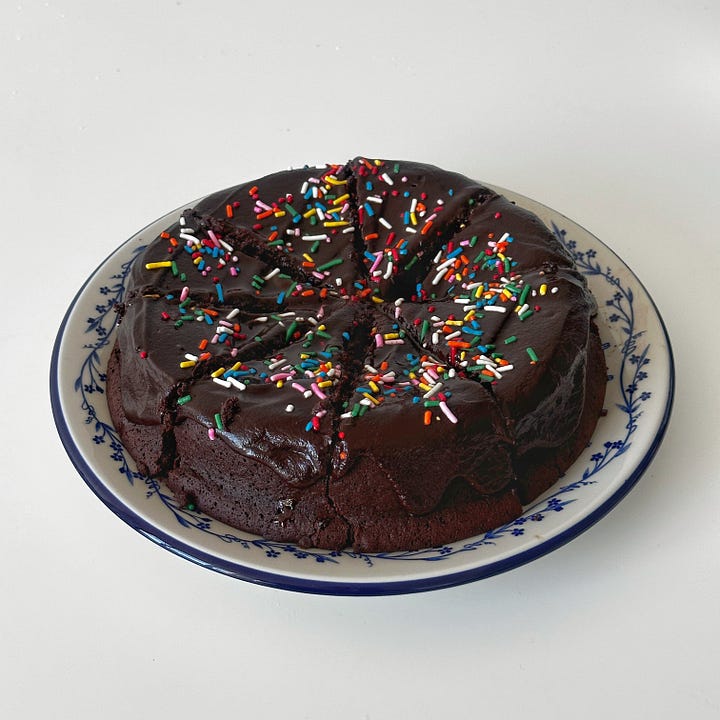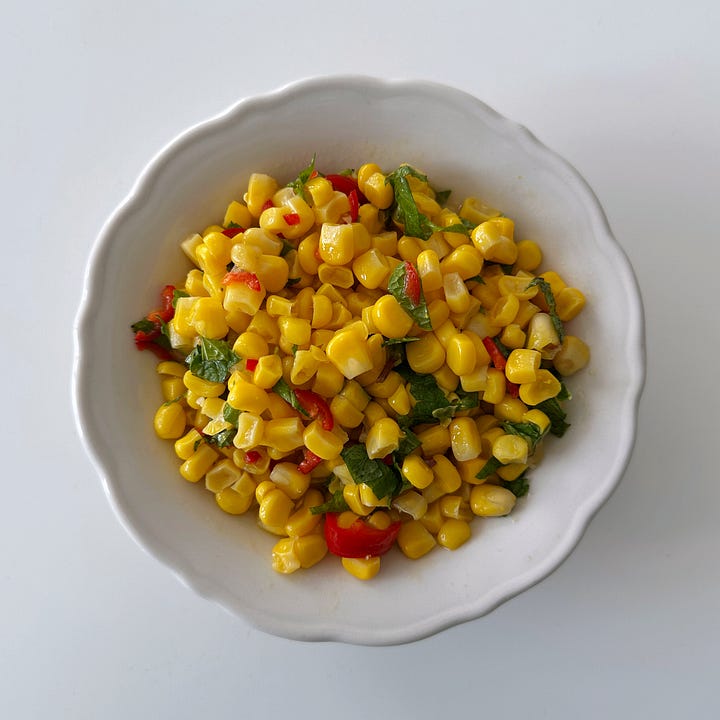the four horsemen by nick curtola, gabe ulla and, james murphy
food, wine and good times from the brooklyn restaurant


I’ve lived in New York for 2 years and given a personal budget and the sheer number of dining options, there is only a handful of restaurants that I have visited more than twice. I have been to The Four Horsemen a total of 4 times. It’s perfect for parents or a date or to sit at the bar by yourself or a lunchtime treat at the end of a long week. When people ask me what my top 3 restaurants are in New York, The Four Horsemen definitely comes up in the conversation, and their response is “I want to go but I can’t get a reservation”. I’ve only once ever gotten a reservation for weekday lunch. The not-so-secret secret is to get there at 10:55 AM before their 11AM Sunday lunch service and sit at the bar.
For the longest time, I couldn’t put a finger on why I liked it so much. Yes, there’s a curated seasonal menu of many delicious dishes and warm service. But there’s something else about it. Maybe it’s the way that it has all the accolades (Michelin, James Beard, etc.) yet still feels unpretentious. Maybe it’s unlimited filter coffee. Maybe it’s the exclusivity of getting a seat and feeling superior (pretentious lol). Maybe it was wooden paneling that my dad, a self-proclaimed audiophile, said was perfect for sound absorption.
I’ve sat with this book since the beginning of this year, and going into it, I posed a few questions to myself:
How do I feel about the food standalone when I am not seated at a restaurant?
Can I create my own renditions of the recipes that taste as good as the restaurant?
What does this book offer me other than just recipes?


About the Book
The book has a lot of lore (ex: who are the four horsemen, anyways?) at the beginning, end and sprinkled throughout the book. For me, the storytelling felt like going to coffee with a new friend that you resonate with, taking more than you expected out of it…informational but also casual, relaxed, and and much like the experience of dining at The Four Horsemen. There’s also simple combinations (no-recipe recipes), notes on alcohol pairings, tips and tricks for every chapter, as well odes to simple yet essential ingredients like olive oil, garlic and salt.
The “food” part of the book is sectioned into 8 chapters:
Fried Snacks - crispy bites and recommended techniques and tools for making frying a little less intimidating.
Bread + Toast - “the perfect platform for a bunch of different seasonal ingredients” and a staple on the menu.
Salads + Vegetables - not just greens with dressing, but also warm vegetable dishes and how to clean salad greens.
A Bowl of… - different bowls have various uses and presentations. the dishes in this chapter represent meals that are best suited for eating from said bowl.
Seafood - good fish is not easy to find in NYC, so the chapter focuses on easier to find species and how to make them into the restaurant’s classics.
Meat - the shortest chapter, with more focus on ingredient quality and technique than excess components.
Dessert - apparently there’s no pastry chef at The Four Horsemen. The mindset is still the same with sweets, choices lead by what’s in season.
Your Essentials: Condiments, Dressings, Pickles + More - homemade recipes for grocery store condiments like mayos, vinaigrettes, dressings, butters, pickles and stocks.


How I “Test” a Book
As a reminder, this is how I review a cookbook. First, I do an initial read of the introduction, then flip through the recipes back to front. Then, I take a pad of sticky notes and use the visuals to tag recipes I’m interested in cooking or baking. What stands out to me are two ends of a spectrum, (1) recipes that I already have most of the ingredients for (2) recipes with ingredients that I’ve never cooked with and require a trip to a specialty grocery store (a fun excursion!). Finally, I read the full selected recipes and cook. My goal is to make at least 10 recipes and hit each chapter or section of the book if I’m feeling ambitious.



